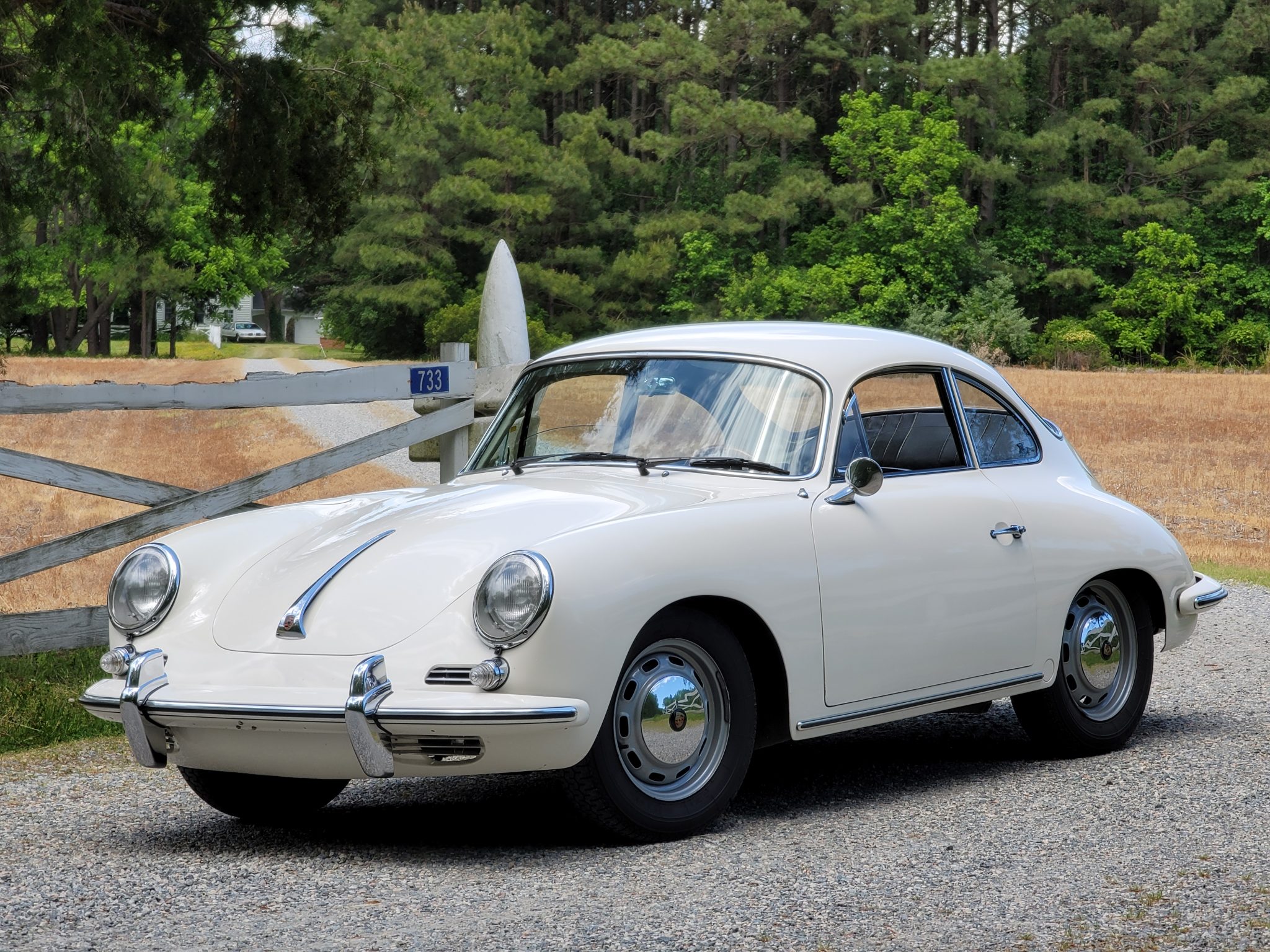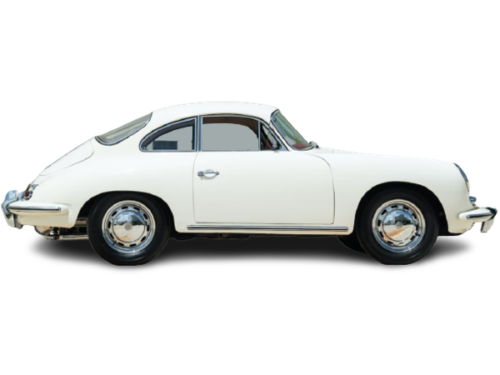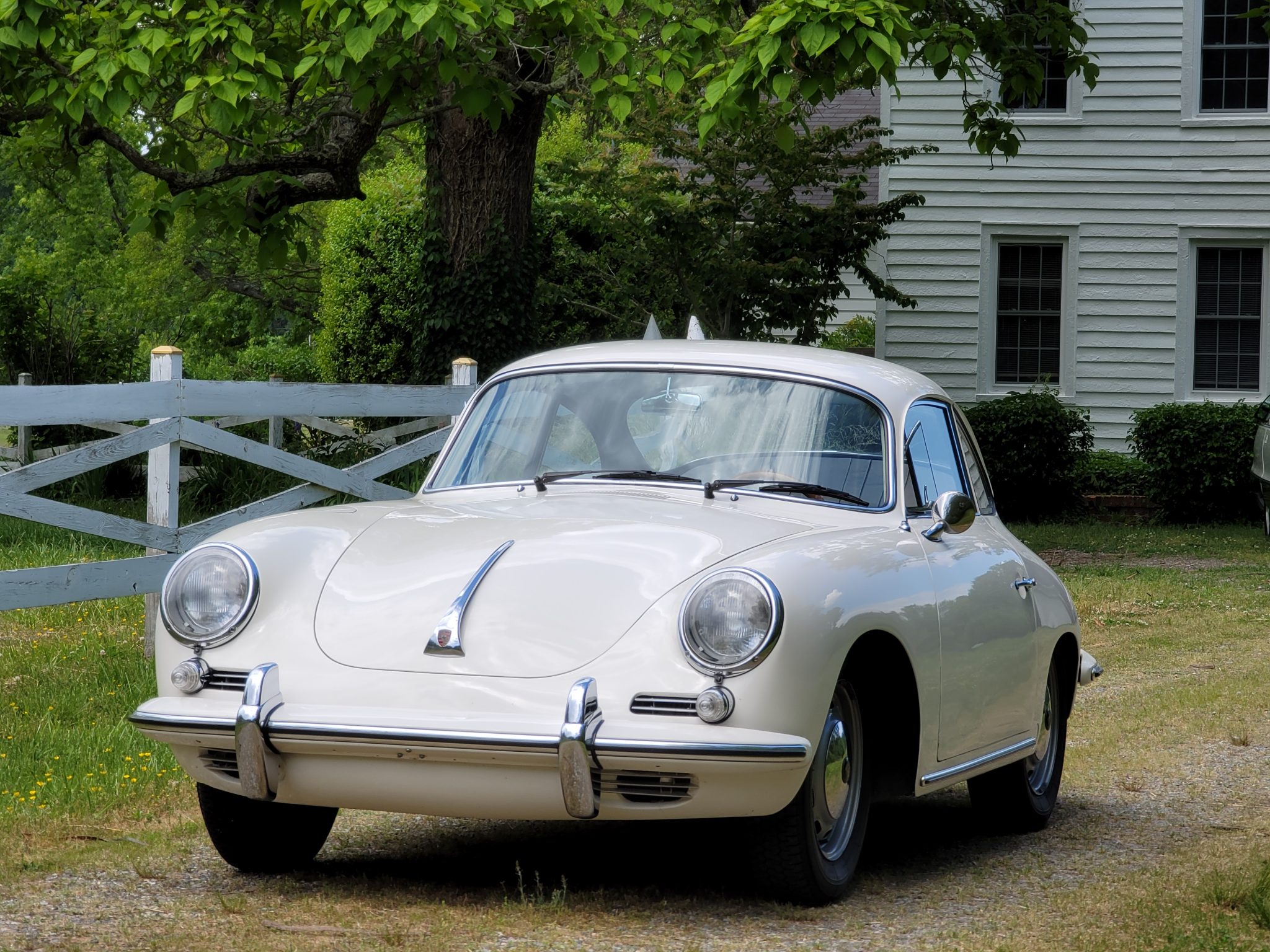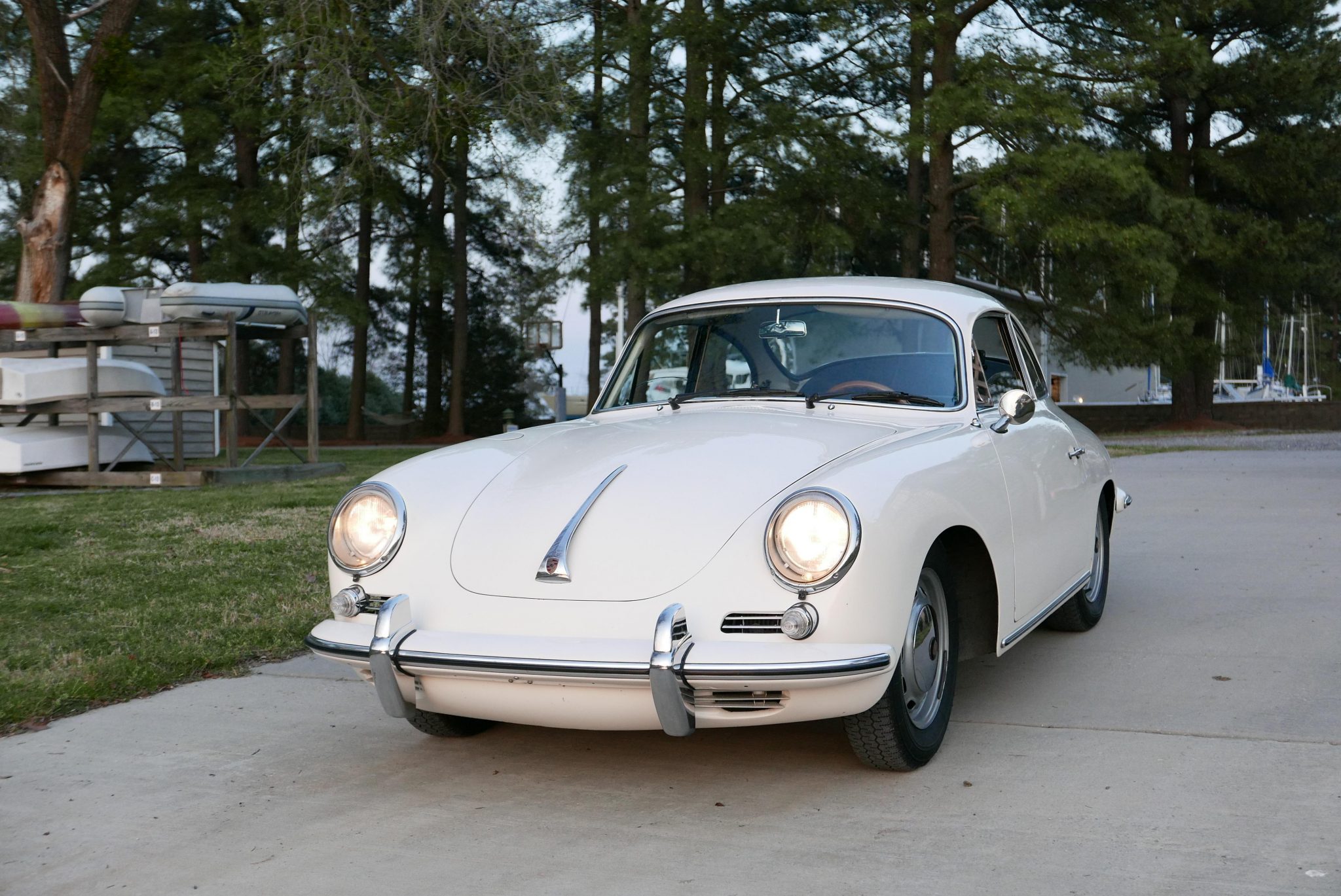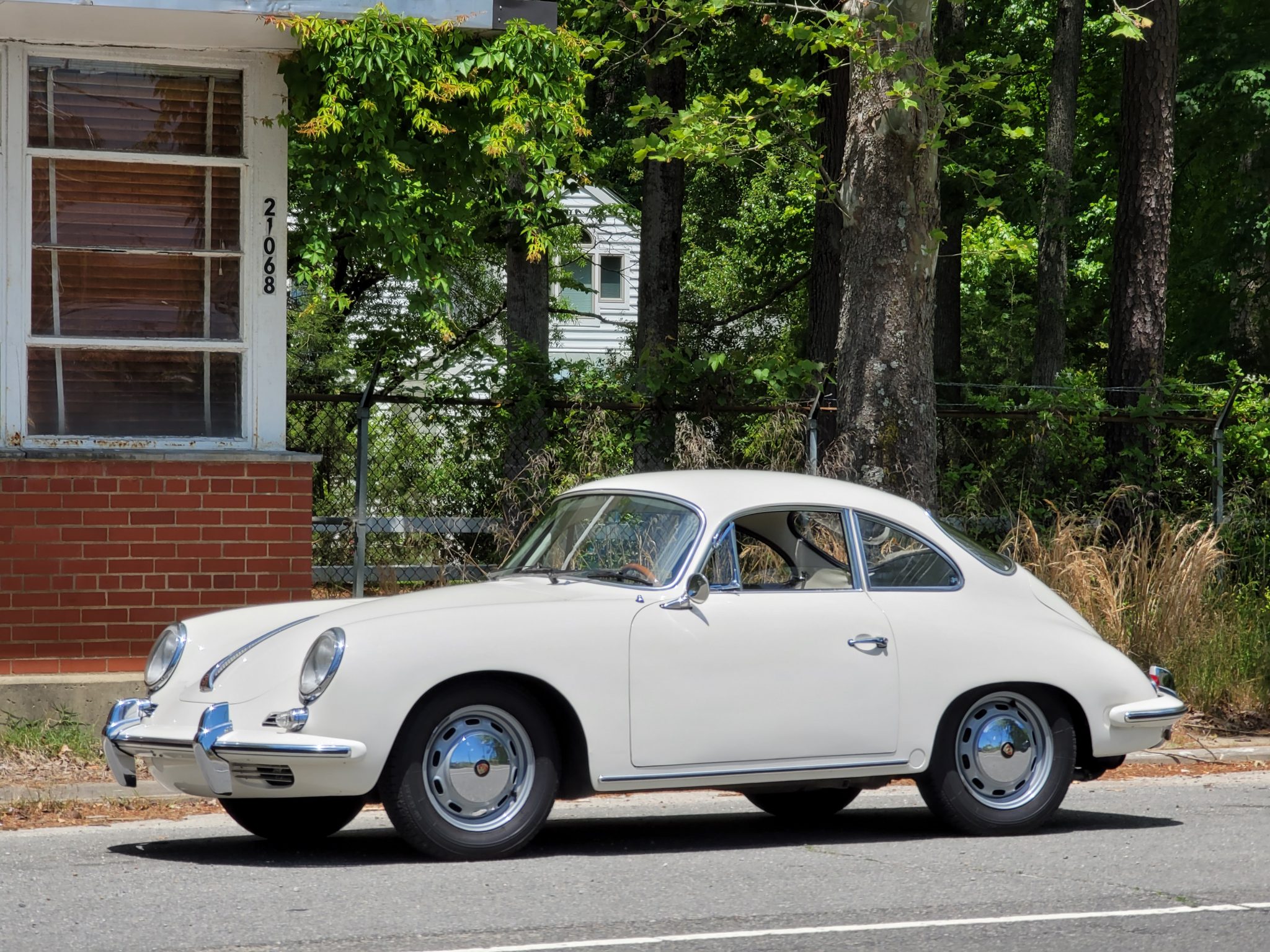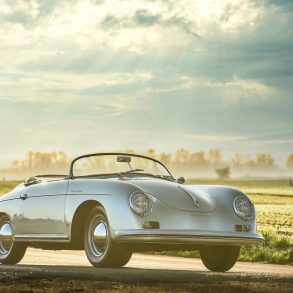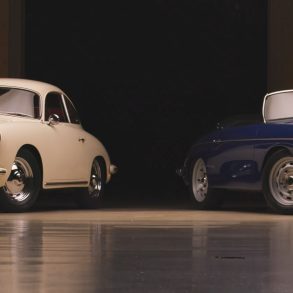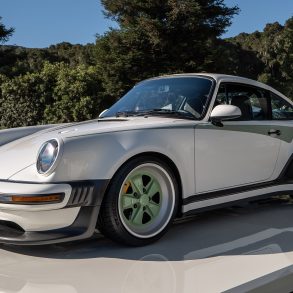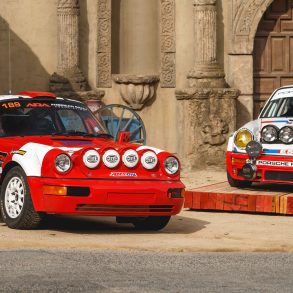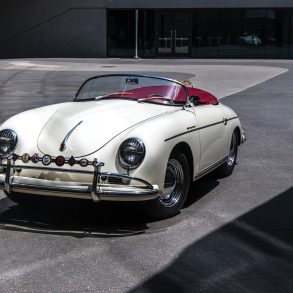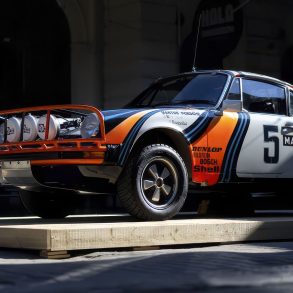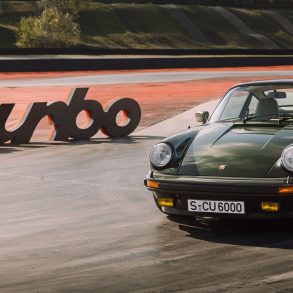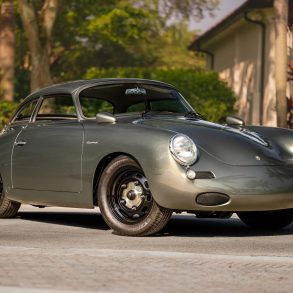1964 – 1965 Porsche 356 SC – Ultimate Guide
Porsche updated their 356 into its final incarnation in 1964 with the introduction of the 356C. They used disc brakes all around as well as an optional SC-specification engine that produced 95 bhp. Engine options for the 356C included the 60-bhp Normal engine and the 74-bhp C engine and the 107-bhp SC engine.
Introduced in 1963 for the 1964 model year, the base model Porsche 356 1600C was presented as the entry-level version of the last generation of the Porsche 356. After offering standard/base model versions for the 356 A and 356 B with 60 hp engines, Porsche dropped the standard version as its base model and introduced the successor of the former mid-level 1600 Super engine variant with 74 hp, as the entry-level engine option for the 356 C generation. For the Porsche 356 C, buyers could therefore choose from two 1.6-litre engines, the 74 bhp 1600 S and the 95 bhp 1600 SC. There were also two body styles: Coupe or Cabriolet.
Production of the 356 C began in July 1963 and it ran through the end of September 1965. The 356 had been through many revisions and improvements over the years and by the time the 356 C arrived in 1963, little evidence of its humble Volkswagen origins remained. The 356 C was certainly the most rounded and quality derivative yet.
The top of the line 1600 SC had the Type 616/16 designated engine, with 9.5:1 compression and two more expensive Solex PII-4 carburetors. The SC got high-lift camshafts, larger intake and exhaust valves, re-worked exhaust ports, four integral counter-weights and sodium-filled valves. Compression was also increased thanks to Ferral-coated alloy. It was good for 107 bhp at 5200 rpm and torque was 91 ft lbs @ 4200 rpm. It had a 0 – 60 mph time of 11 seconds, which was 2.5 seconds faster than the base 1600 C models. Top speed was 125 mph, 18 mph faster than the 1600 C.
Telling the base 1600 C and the SC apart is almost impossible, with the only difference being that were the S and SC badges on the engine lid. Bodies were made by the Reutter coachworks in Stuttgart and Karmann in Osnabruck. While the outside was basically unchanged, on the inside Porsche did fit new seat bases that offered greater lateral thigh support and backrests that were lower in height. The rear seats had marginally lower backrests. Door panels now came with armrests and the floor-mounted heater control was switched to a lever directly in front of the gear stick. Some minor switchgear changes were made that saw a handbrake warning light added to the combination gauge and magnetic closure added to the glovebox.
Porsche discontinued the 356 C in September 1965. Over 16,500 examples had been produced, made up of 13,509 Coupes and 3265 and Cabriolets.
Videos & Reviews
Pictures


